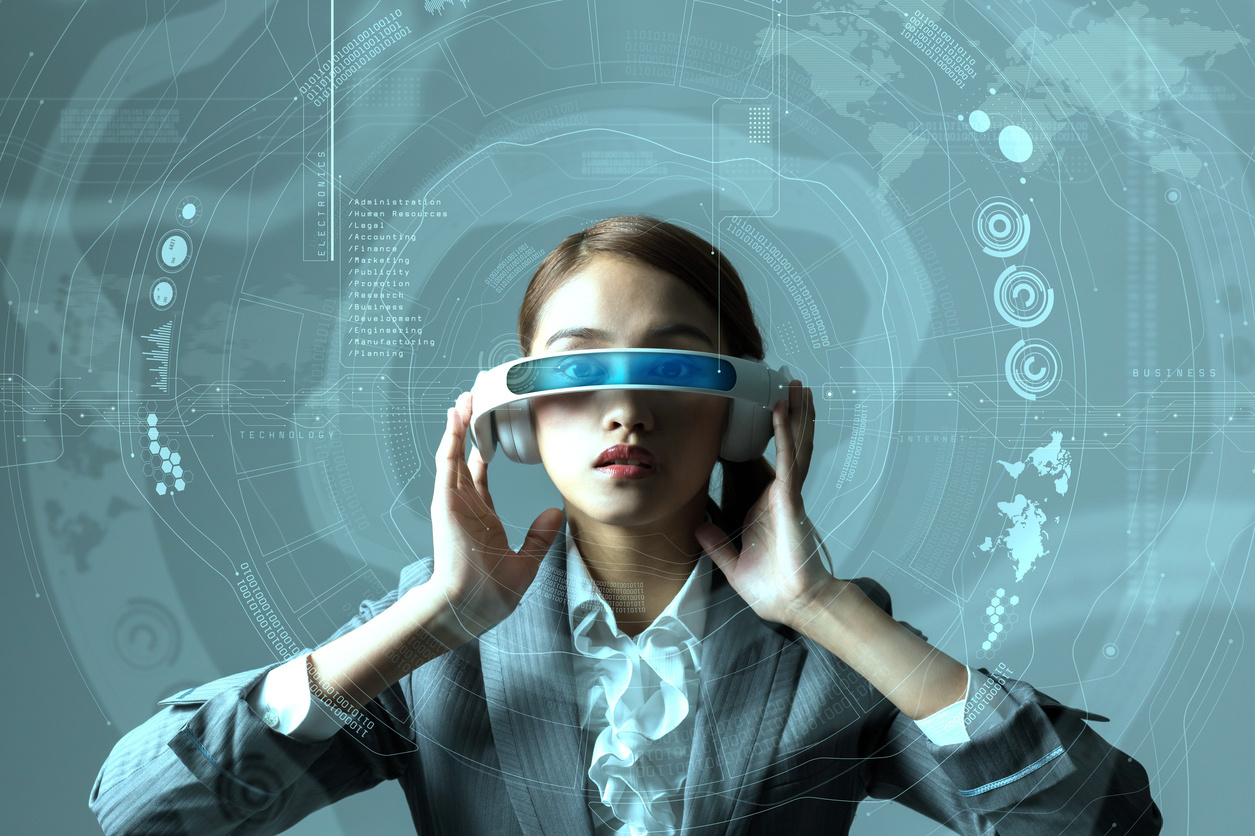Introduction
It’s the same story every time. New technology brings along new acronyms, and sorting this out can be a real headache. This, of course, also applies to Virtual Reality (VR), Augmented Reality, (AR), Mixed Reality (MR), Web3D, and WebVR, which works with Computer Generated Images (CGI).
To get the best solution for your online training app, 3D presentation, or interactive 3D machinery, you need to understand and distinguish between these technologies.
This article covers the differences between the main VR technologies with a focus on industrial applications. Before we dive into the differences, let’s take a quick look at what they have in common.
Similarities of VR, AR, MR, Web3D, and WebVR
The common thread between these five technologies is that they are all interactive. For example, the user can turn on the machines, look around them, peek inside, and perform some tasks.
For all of these technologies, VR development begins in the same way. A professional 3D software constructs a 3D machine model and optimizes it for VR use. This task is usually very time consuming, especially for large, complex machinery.
The next step is taking that optimized 3D machine into a professional programming software, such as Unity, to set up the interactions and adjust the VR machine’s appearance. The time necessary to complete this process depends on the required amount of interactions in the interactive 3D machinery as well as the technology employed.
This is where the technologies begin to differ.
What is Virtual Reality (VR)?
Virtual Reality is an immersive interactive multimedia or computer-simulated reality. A user watches a VR application with VR glasses that are connected to a computer. Some common VR devices are the HTC Vive, Oculus Go, and GearVR.
In VR, a computer generates the entire environment. This means that, when it comes to 3D machinery, the computer creates the background and every element within the application.
If you want your 3D machinery to exist in a complete CG (computer generated) world in which a user can dive into an immersive experience, then VR may be the right option for you. Or, if the “real” environment isn’t relevant or desirable, such as at a trade fair in which people may be distracted, VR is a great choice.
A VR world is not a surreal world. Today’s CGI is so realistic and immersive that users quickly forget that they are in a virtual world. For this reason, many companies use this solution for Virtual Reality training, education applications, and interactive 3D presentations, especially when safety and continuous production pipelines are a concern.
What is Augmented Reality (AR)?
Augmented Reality involves overlaying CGI over the real world. We don’t connect the real world with the CGI content, and so they cannot interact with each other. Plus, the CGI content is not anchored in real footage, so that footage might be live or recorded for later implementation.
We usually use Augmented Reality to place 3D machinery into the real world. Industries use this tech for AR learning, interactive training, and 3D presentations for clients.
What is Mixed Reality (MR)?
Though similar to Augmented Reality, the difference with Mixed Reality is that the CGI is merged with the real world, is anchored to it, and may even interact with it in real time. The real environment and CGI merge to create a new background, and we can pin or expand real objects with CGI.
Popular hardware for these applications include the HoloLens, Magic Leap One, Meta One, and the HTC Vive. We often choose Mixed Reality when we want to extend a real machine’s components or if we want to project instructions near the real machine. For instance, we can use MR to see what’s inside of a real machine, to learn how to disassemble it, or to find out what optional features we can add.
Companies prefer this technology for training solutions and 3D client presentations.
What is Web3D?
The main distinction of Web3D is that the user doesn’t need VR glasses to watch the application. As implied by the name, Web3D is designed for the internet, so users can watch it on any computer, laptop, tablet, or cellphone.
This technology works just like a computer game, in which a user can walk around, interact with items, and play animations. Everything happens in the web browser.
Nowadays, everyone has a PC or a smartphone, so the main benefit of this technology is obvious: anyone can access it at anytime and anywhere without needing any equipment.
The best use of this technology is when we want to reach a lot of people, such as with a virtual trade fair, online training, and lead generation.
What is WebVR?
A WebVR showroom is also viewed over the internet, meaning you can reach a worldwide audience. The difference between this and Web3D is that users need a VR headset so that they can look around, rather than simply watching on an ordinary screen.
WebVR development is a population option when availability is important in addition to the ability to easily explain complex processes. This innovative approach also creates a positive impression on clients. WebVR machines are often used as an online education and training platform, an online 3D showroom, and VR 3D presentations.
Summary
Every VR solution has its unique benefits and some disadvantages for certain purposes, yet, in the end, every technology is innovative and poses a number of benefits.
We hope that this article has clarified the VR world and helped you to further understand these technologies. If you have any more questions, VISARD is happy to help you to make the right decision.
